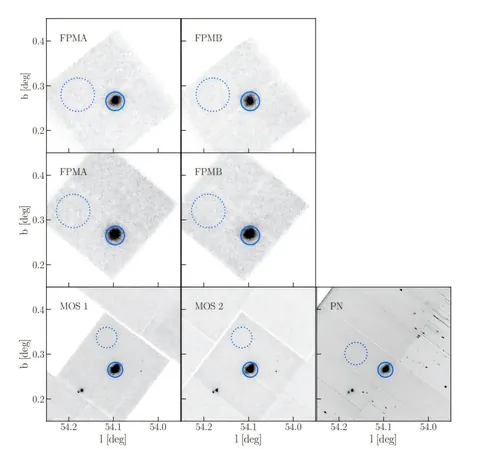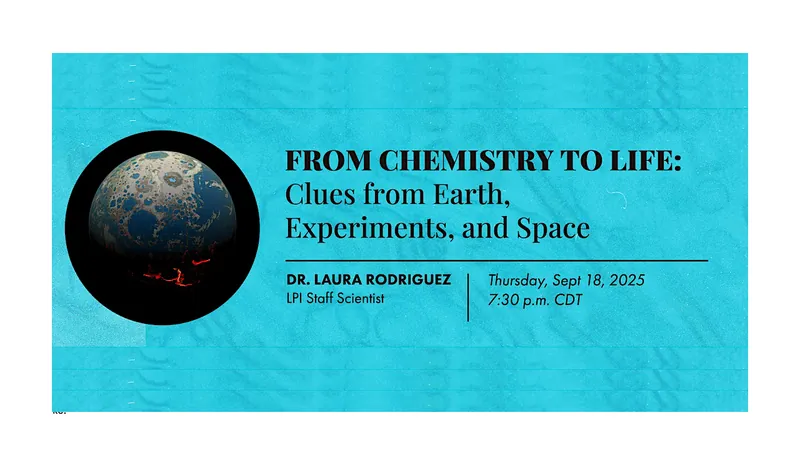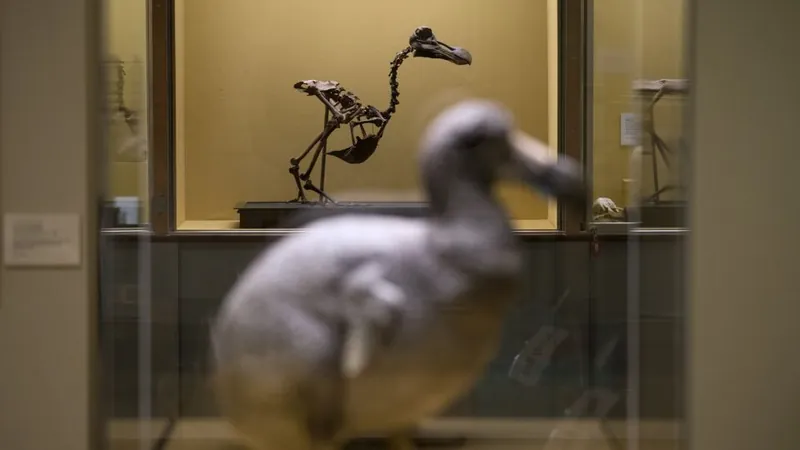
Unlocking the Mysteries of Pulsar PSR J1930+1852 and Its Nebula: A Deep Dive into Cosmic Wonders
2025-07-08
Author: Sophie
New Discoveries Shine a Light on PSR J1930+1852
Astronomers at New York University (NYU) Abu Dhabi have embarked on a groundbreaking journey to unravel the secrets of pulsar PSR J1930+1852 and its pulsar wind nebula (PWN) using cutting-edge technology from the NuSTAR and XMM-Newton satellites. Their findings, recently published in The Astrophysical Journal, promise to deepen our understanding of these fascinating cosmic phenomena.
What Are Pulsar Wind Nebulae?
Pulsar wind nebulae are spectacular structures born from the energetic winds generated by pulsars—rapidly rotating neutron stars. These winds consist of charged particles that collide with surrounding material, particularly the remnants of supernova explosions, creating stunning nebulae. Some PWNe are even known to produce elongated X-ray features such as tails and striking jets.
Exploring G54.1+0.3: The Nebula Powered by PSR J1930+1852
The PWN G54.1+0.3, powered by pulsar PSR J1930+1852, exhibits notable characteristics including a substantial spin-down power, a youthful age of just 2,830 years, and a stunning spin period of around 137 milliseconds. Interestingly, this PWN stands out among its peers due to the absence of a clear shell linked to a supernova remnant shock wave.
In-Depth X-Ray Analysis Reveals Key Insights
The research team, led by Jason Alford at NYU Abu Dhabi, conducted an extensive analysis of the X-ray spectrum of PSR J1930+1852 and its PWN G54.1+0.3, utilizing data from their satellite observations. They detected X-ray emissions revealing intriguing details of the pulsar and its nebula, with significant emissions reaching up to 70 keV.
Key Findings and Future Directions
The analysis uncovered that the X-ray spectrum of G54.1+0.3 aligns with a broken power law, showcasing a complexity unseen in many other PWNe. Researchers found that the maximum particle energy within the nebula could be as high as 400 TeV. While the pulsar and its nebula reveal typical parameters for pulsars with young PWNe, G54.1+0.3 does not exhibit an extraordinary power level for its age.
As this exciting study concludes, astronomers emphasize the need for additional observations of PSR J1930+1852 and G54.1+0.3 to refine our understanding of critical parameters such as the braking index, spin down timescales, and the initial spin period of this captivating pulsar.
The Cosmic Quest Continues
With each study, astronomers are piecing together the puzzle of our universe, and the exploration of pulsars like PSR J1930+1852 provides vital insights into the life cycles of stars and the dynamics of cosmic phenomena. Stay tuned as we eagerly await the next revelations from the depths of space!









 Brasil (PT)
Brasil (PT)
 Canada (EN)
Canada (EN)
 Chile (ES)
Chile (ES)
 Česko (CS)
Česko (CS)
 대한민국 (KO)
대한민국 (KO)
 España (ES)
España (ES)
 France (FR)
France (FR)
 Hong Kong (EN)
Hong Kong (EN)
 Italia (IT)
Italia (IT)
 日本 (JA)
日本 (JA)
 Magyarország (HU)
Magyarország (HU)
 Norge (NO)
Norge (NO)
 Polska (PL)
Polska (PL)
 Schweiz (DE)
Schweiz (DE)
 Singapore (EN)
Singapore (EN)
 Sverige (SV)
Sverige (SV)
 Suomi (FI)
Suomi (FI)
 Türkiye (TR)
Türkiye (TR)
 الإمارات العربية المتحدة (AR)
الإمارات العربية المتحدة (AR)